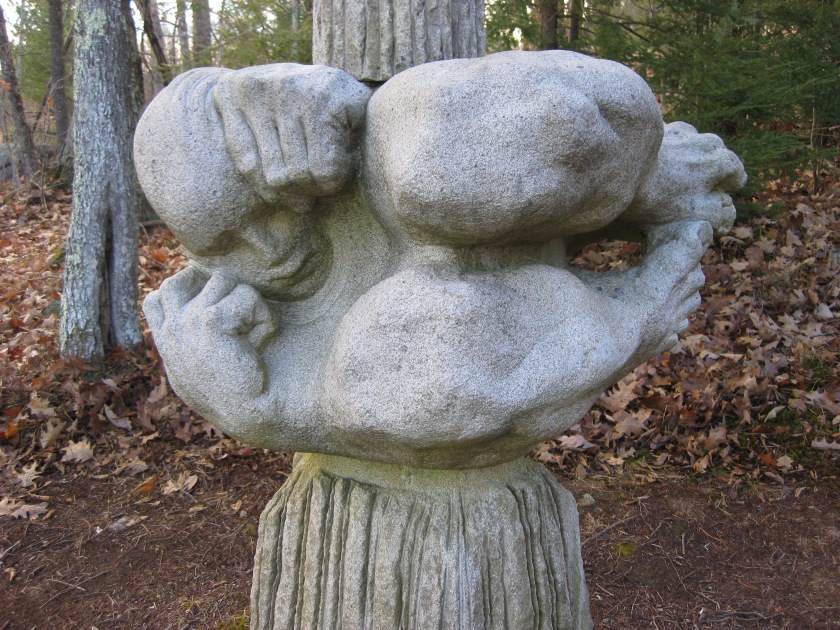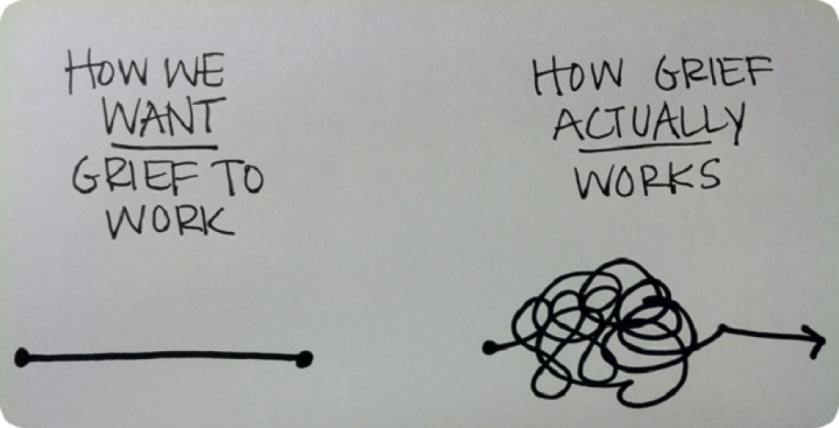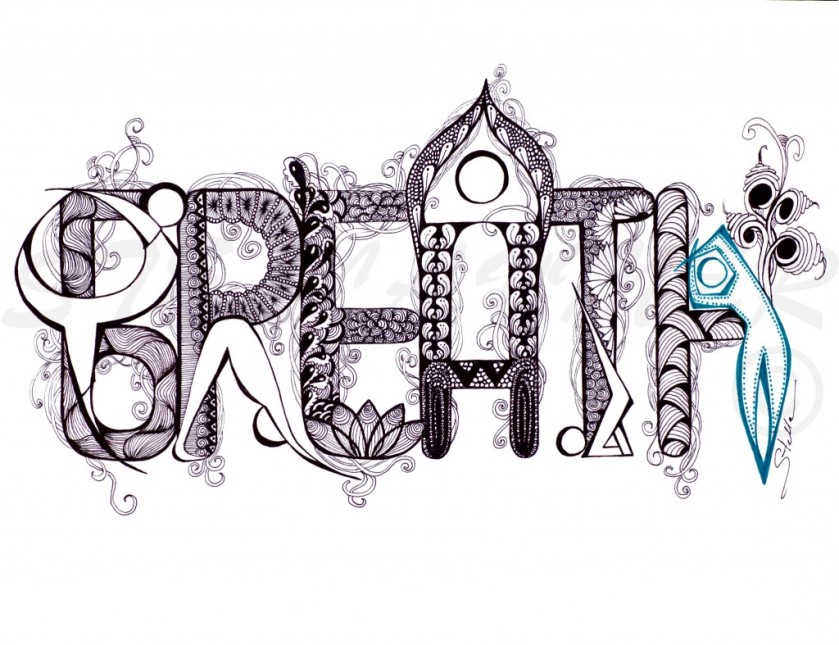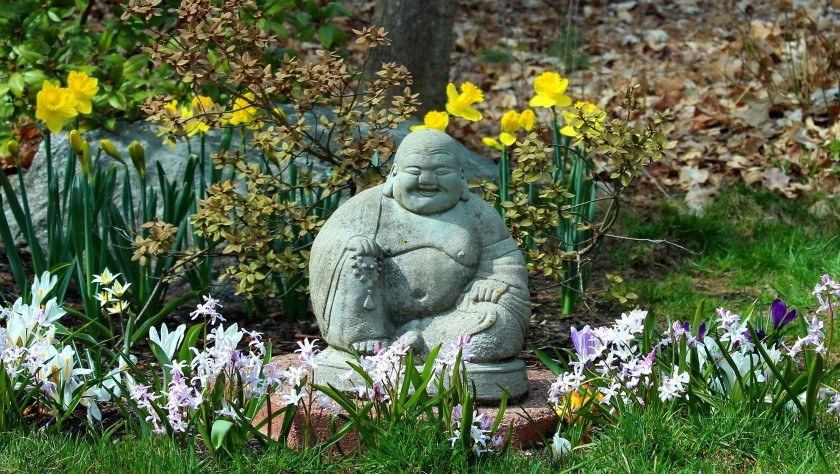 Many people begin a meditation practice in order to become more calm and relaxed. But there is much more to it than that.
Many people begin a meditation practice in order to become more calm and relaxed. But there is much more to it than that.
A common misconception is that meditation involves shutting out all thoughts. The thoughts will come. We neither attach to them nor dispel them. In fact, I have come to assume that whenever I sit in meditation, there is a ticker tape of thoughts scrolling across my awareness. Some may be mundane thoughts of chores that await us, while others might be deeply challenging. Either way, we notice them and allow them to continue to pass through.
This ability to notice thoughts and experiences with neither attraction nor aversion is called equanimity. In short, it means being nonjudgmental in our perceptions. This gives us the ability to stay present with our own difficult emotions. Meditation does not instill magical powers to make you feel good. It does not push away sadness or anxiety or anger. To the contrary, it allows these feelings to be present.
In that space where thoughts and feelings are allowed to be present, without judgement, they may be transformed over time. At the very least, they no longer have the ability to define us or have power over us. If we say, “anger is bad,” and push it aside for the duration of our practice, it will still be there at the end of our meditation. If we simply notice the anger and allow it to be present in our practice without obsessing about what made us angry, we have the opportunity to care for our anger and for ourselves.
Mindfulness is my basic meditation practice. Mindfulness means dwelling in the present moment and becoming aware of everything—both the positive and negative elements that are there both within us and around us. We learn to nourish the positive and to recognize, embrace, and transform the negative
— Thich Nhat Hanh
When we practice equanimity in our practice and in our lives, we are not permitted to take refuge in preconceptions and labels that we are inclined to apply to people and situations around us. We have to remain open, to stay in the middle, as Pema Chodron describes it. We stay in the middle between attraction and aversion. We allow our thoughts to be present without making value judgements about them. This is a challenging and sometimes frightening place to be, without the security of our preconceptions and opinions. Meditation builds our courage to stay in this position of groundlessness. It builds our strength from the inside out. That is why some Buddhists refer to the spiritual practice as “training to be a warrior.”
When thoughts are allowed to come and go with neither attachment nor aversion, the thinking mind quiets down. There are spaces between the thoughts, and with continued practice, these intervals become longer. The state in which there is no thought, but only awareness, is called shuniya. There may be one moment of shuniya during a meditation session, or there may be several. As a musician, I often have experienced shuniya while playing or listening to music, perhaps even more often than during meditation.
As we become aware of the spaces between our thoughts, our awareness arises from beyond our thinking mind. We become aware of the authentic self which is “watching” our own mind. I have had this experience both during meditation and during yoga, rather intensely at times. It is as though an ancient soul steps back and watches this human incarnation struggling with its body of clay, its angst, and the struggles of this life time. This soul without birth, without death, watches the thinking self, knowing that everything will be okay.
The most decisive event in your life is when you discover you are not your thoughts or emotions. Instead, you can be present as the awareness behind the thoughts and emotions. – Eckhart Tolle
If I had to describe the benefits of meditation to just one word, it would be “awake.” I feel more awake than ever, not in the sense of sleeplessness, but in the sense of being acutely aware of everything around me and within me. I am aware of my own thoughts and feelings without being submersed in them. I am aware of my authentic self beyond my thoughts. I am aware of the beings around me. I remember with compassion the beings who have been near me throughout time. I am learning to form fewer attachments and make fewer judgements. I have more courage to stay in the middle. I am training to be a warrior.


 Recently, I have come across several articles about how we should eliminate toxic people from our lives. The underlying assumption that any toxicity in a relationship is caused by the other person strikes me as a kind of spiritual arrogance. What if instead we turn this into an opportunity for brutally honest self awareness and deep healing?
Recently, I have come across several articles about how we should eliminate toxic people from our lives. The underlying assumption that any toxicity in a relationship is caused by the other person strikes me as a kind of spiritual arrogance. What if instead we turn this into an opportunity for brutally honest self awareness and deep healing? Have you read any of Pema Chödrön’s books? I have found that her writing is not meant for reading, but for in-depth study. Those who have read at least a few of her books are aware of the recurring themes to be found in each—the practice of Tonglen, for instance. Or the idea that compassion is a relationship between equals, not that of the healer placing oneself above the wounded. She seems to repeat them every chance she gets in the hope that sooner or later, her gentle reader will “get it.”
Have you read any of Pema Chödrön’s books? I have found that her writing is not meant for reading, but for in-depth study. Those who have read at least a few of her books are aware of the recurring themes to be found in each—the practice of Tonglen, for instance. Or the idea that compassion is a relationship between equals, not that of the healer placing oneself above the wounded. She seems to repeat them every chance she gets in the hope that sooner or later, her gentle reader will “get it.” The current trend of #me too has made me think of a paradox in my own life and how I relate to the women around me.
The current trend of #me too has made me think of a paradox in my own life and how I relate to the women around me.

 In the 1970’s, Bill Cosby did a routine called “Natural Childbirth,” in which he spoofed Lamaze breathing as a rapid, rhythmic whistling sound. I have been to Kundalini yoga classes that sound just like that.
In the 1970’s, Bill Cosby did a routine called “Natural Childbirth,” in which he spoofed Lamaze breathing as a rapid, rhythmic whistling sound. I have been to Kundalini yoga classes that sound just like that. Come to your mat with serenity, lovingkindness, compassion, and gratitude. But don’t forget your anger, libido, anxiety, and fear. If you bring only your “good” side to the mat, you arrive incomplete. It is only when you embrace all of your emotions that you arrive on your mat as the whole, authentic you, and only then are you ready to begin your practice. If you leave all the negative emotions behind when you arrive in your practice, they will be there waiting for you when you leave your mat. Arrive angry. Arrive horny. Just arrive.
Come to your mat with serenity, lovingkindness, compassion, and gratitude. But don’t forget your anger, libido, anxiety, and fear. If you bring only your “good” side to the mat, you arrive incomplete. It is only when you embrace all of your emotions that you arrive on your mat as the whole, authentic you, and only then are you ready to begin your practice. If you leave all the negative emotions behind when you arrive in your practice, they will be there waiting for you when you leave your mat. Arrive angry. Arrive horny. Just arrive. The Buddha is not a deity. The Buddha refers to Siddhartha Gautama, the one who discovered enlightenment and taught others how to find their own path to enlightenment. When Siddhartha achieved enlightenment, he became the Buddha. There is a Buddha within each of us, awaiting our own discovery.
The Buddha is not a deity. The Buddha refers to Siddhartha Gautama, the one who discovered enlightenment and taught others how to find their own path to enlightenment. When Siddhartha achieved enlightenment, he became the Buddha. There is a Buddha within each of us, awaiting our own discovery.